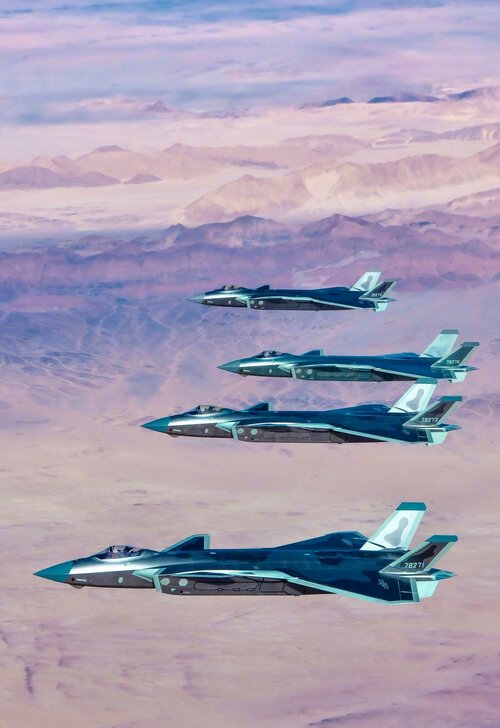Certainly shows the "unmanouverable F-111 interceptor / strike" school of thought was pretty far off base.
I don't get the point here.
Both F-111B and MiG-25 were as agile as obese elephants, yet their size and weight evenly matches that of a J-20. Big difference since, say, 1964 (year of MiG-25 in March and F-111 in December): digital FBW. Among plenty other tech advances.
So I'm not shocked that a vintage 1964 65 000 pounds "fast missile truck" has little or none agility - when a 2022 65 000 pounds "fast missile truck", is doing better in that regard.
In fewer words: maybe the "big & fast missile truck" idea was all wrong in the 1960's (too expensive and specialized aircraft) but some tech advancements since 50 years have made it much more attractive. Well at least the Chinese seems to have pulled it out in a way they can afford.



